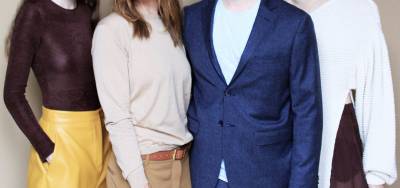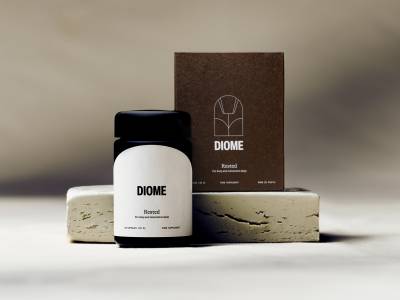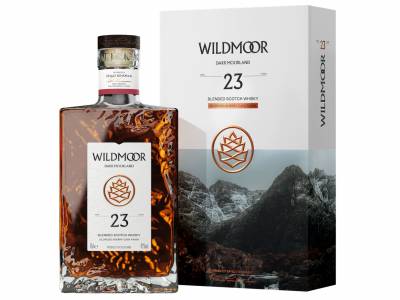Renowned for exquisite craftsmanship, lavish materials and time-honoured techniques, the prestige of many luxury fashion houses is forged from years of tradition — but in today’s woke, socially conscious world, heritage is no longer an excuse for sidestepping hot-topic issues, such as sustainability.
It’s no secret that labels have been disastrously slow on the uptake with eco- friendly practices, meaning that fashion remains the second-most polluting industry in the world after oil. Top brands often hit the headlines for non-ethical trading or harmful production methods such as water wastage — issues that are steadily losing favour with consumers, especially ethically minded millennials. Yet the tide appears to be turning, as even the most hallowed of fashion houses feel the pressure to clean up their act.









